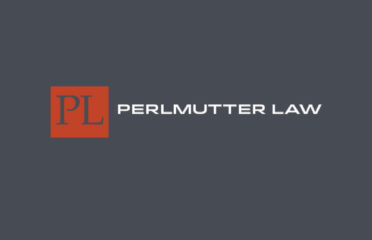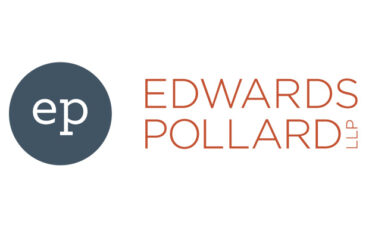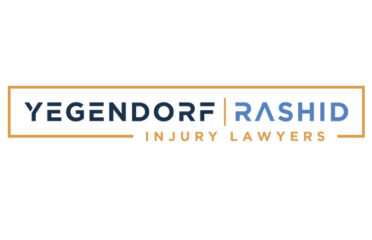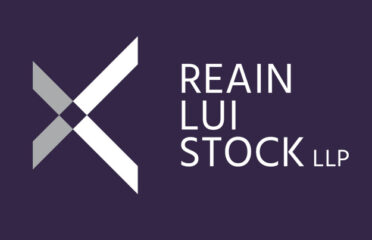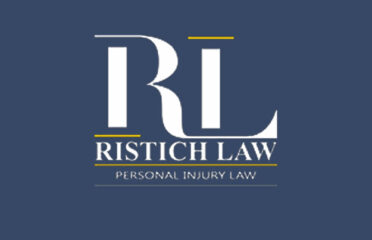What is Insurance Law in Canada?
Insurance law in Canada governs the contractual relationships between insurers and policyholders, ensuring fair practices in risk management and claims settlement. As a complex area blending contract law, provincial regulations, and consumer protections, insurance law affects nearly every Canadian—from mandatory auto coverage to health benefits and property policies. This 1,000-word guide examines key principles, types of insurance, legal disputes, and recent developments in Canadian insurance law.
1. Foundations of Canadian Insurance Law
A. Regulatory Framework
Canada’s insurance system operates under a provincial/territorial jurisdiction model, with each region regulating insurers through:
-
Provincial Insurance Acts (e.g., Ontario’s Insurance Act)
-
Regulatory bodies (e.g., Financial Services Regulatory Authority of Ontario)
-
Federal oversight for certain policies (e.g., marine, aviation)
B. Core Legal Principles
-
Utmost Good Faith (Uberrimae Fidei):
-
Both parties must disclose all material facts honestly.
-
Example: Failing to disclose a pre-existing medical condition could void a policy.
-
-
Indemnity:
-
Insurance restores the insured to their pre-loss financial position—no profit allowed.
-
Exception: Life insurance (fixed payouts).
-
-
Insurable Interest:
-
Policyholders must have a financial stake in the insured item/person.
-
Example: You can’t insure a neighbor’s house.
-
-
Subrogation:
-
Insurers may recover costs from at-fault third parties after paying claims.
-
2. Major Types of Insurance in Canada
A. Auto Insurance (Mandatory)
-
Governed by provincial laws (e.g., Ontario’s Compulsory Automobile Insurance).
-
Covers:
-
Third-party liability (injuries/damage to others)
-
Accident benefits (medical/rehab costs)
-
Collision/comprehensive (vehicle damage)
-
Key Issue: No-fault vs. tort systems (e.g., Ontario uses no-fault for accident benefits but allows lawsuits for severe injuries).
B. Homeowners’/Tenants’ Insurance
-
Covers property damage (fire, theft) and liability (e.g., visitor injuries).
-
Exclusions: Floods (often require separate riders).
C. Health Insurance
-
Public healthcare (provincial plans cover essentials).
-
Private insurance: Extends to prescriptions, dental, and vision.
D. Life Insurance
-
Term life: Temporary coverage (e.g., 20 years).
-
Whole life: Permanent coverage with investment components.
E. Business Insurance
-
Includes general liability, professional liability (e.g., malpractice), and business interruption coverage.
3. The Insurance Contract: Key Elements
A. Policy Components
-
Declarations Page: Summarizes coverage limits, premiums, and parties.
-
Insuring Agreement: Lists covered perils.
-
Exclusions: Specific risks not covered (e.g., intentional damage).
-
Conditions: Obligations (e.g., timely claim reporting).
B. Common Dispute Triggers
-
Claim denials (e.g., citing “wear and tear” exclusions).
-
Coverage interpretation (e.g., Is mold damage from a burst pipe covered?).
-
Bad faith allegations: Insurers must investigate claims fairly.
-
Case Example: Whiten v. Pilot Insurance (2002) – SCC upheld $1M punitive damages for insurer’s bad faith.
-
4. Claims Process and Dispute Resolution
A. Filing a Claim
-
Notify insurer promptly (policies often require <30 days).
-
Provide documentation (photos, police reports, receipts).
-
Adjuster investigation.
B. If a Claim Is Denied
-
Internal appeal: Request a review.
-
Ombudservice: Many insurers participate in voluntary complaint resolution.
-
Legal action: File a lawsuit for breach of contract/bad faith.
C. Provincial Regulators
-
General Insurance OmbudService (GIO): Mediates disputes.
-
Provincial tribunals: E.g., Ontario’s Licence Appeal Tribunal (LAT) for auto insurance disputes.
5. Recent Developments and Issues
A. Climate Change Impacts
-
Rising premiums due to increased floods/wildfires.
-
Federal flood insurance program proposed for high-risk homes.
B. Auto Insurance Reforms
-
Ontario’s 2020 changes: Reduced accident benefit payouts to lower premiums.
-
BC’s shift to no-fault (2021): Critics argue it limits injury lawsuits.
C. Cybersecurity Insurance
-
Growing demand for coverage against data breaches/ransomware.
D. Pandemic-Related Claims
-
Business interruption lawsuits: Courts largely sided with insurers citing virus exclusions.
6. Tips for Policyholders
-
Compare policies – Coverage varies widely by provider.
-
Document valuables – Helps substantiate claims.
-
Review annually – Update for life changes (renovations, new drivers).
-
Understand exclusions – E.g., most home policies exclude sewer backups unless added.
7. Case Study: Sabean v. Portage La Prairie Mutual Insurance (2017)
-
Issue: Whether a snowmobile accident was covered under a homeowner’s policy.
-
Ruling: SCC held the policy’s “motor vehicle” exclusion didn’t apply—clarifying policy interpretation standards.
Conclusion
Canadian insurance law balances insurer solvency with consumer protection through strict regulations and evolving case law. Policyholders should proactively understand their coverage, while insurers must act in good faith. With climate risks and tech disruptions reshaping the industry, staying informed is critical for both individuals and businesses.
For complex disputes, consulting an insurance lawyer or provincial regulator can help navigate denials or bad faith claims. By mastering these principles, Canadians can better secure their assets and rights in an uncertain world.
Key Takeaways
-
Insurance contracts require utmost good faith and clear disclosure.
-
Auto/home policies dominate provincial regulatory frameworks.
-
Bad faith denials can lead to punitive damages.
-
Climate change and tech risks are driving industry reforms.
-
Provincial ombudservices offer free dispute resolution.
Understanding these fundamentals empowers Canadians to make informed insurance decisions and effectively advocate for their rights.





